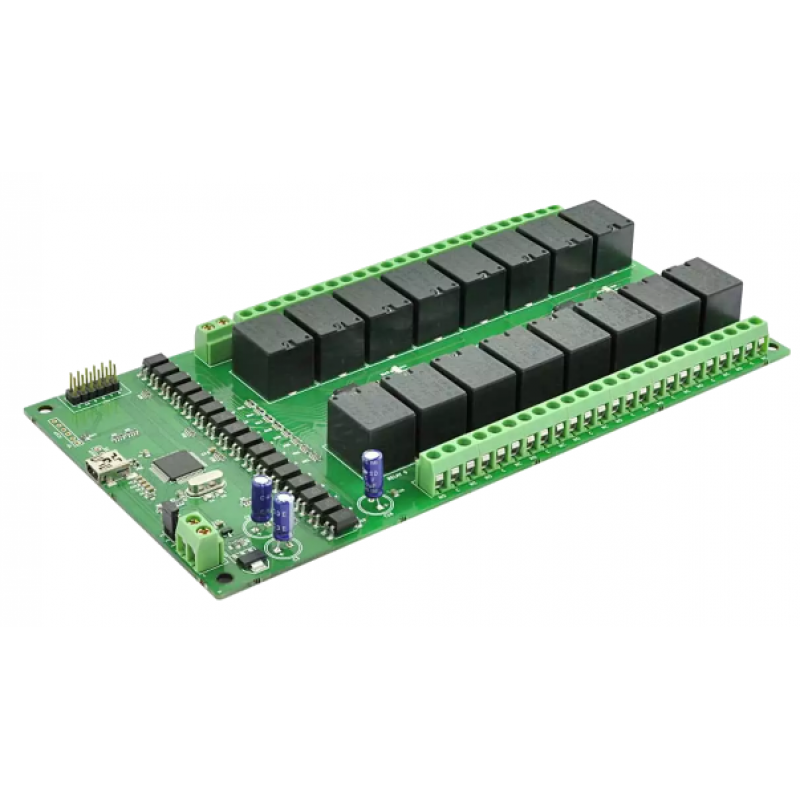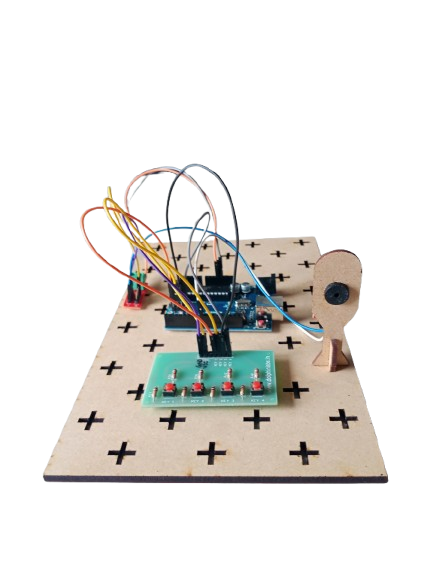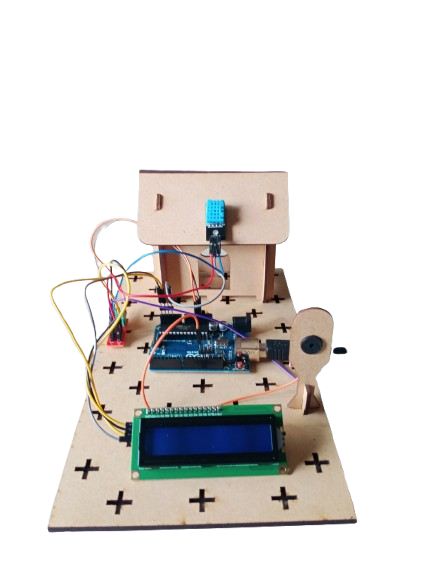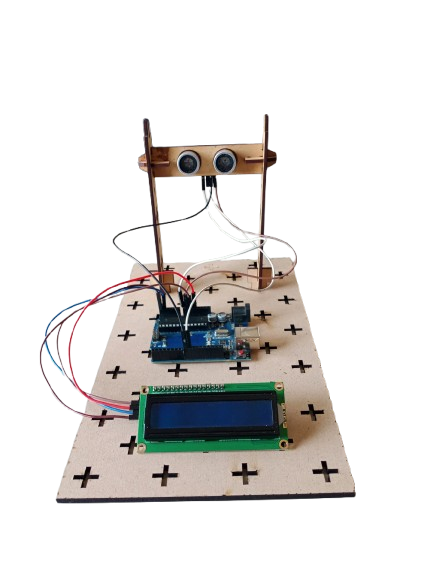Visitor Counter
A Visitor Counter automatically counts the number of people entering or leaving a room using an IR sensor. The count is displayed on a 16×2 LCD, and a buzzer can alert when a specific limit is reached. This project is widely used in shops, libraries, offices, and events to monitor occupancy. It demonstrates sensor interfacing, counting logic, and real-time display using Arduino.
Description
A Visitor Counter using Arduino is an electronic system designed to automatically count the number of people entering or exiting a room or building. It typically uses sensors like IR (infrared) sensors, ultrasonic sensors, or motion detectors to detect movement, and the Arduino micro-controller processes the data to update the count. This system helps monitor occupancy, manage crowd control, and analyse visitor flow in places like offices, libraries, malls, and exhibitions.
Features
- Automatic Counting – Counts visitors entering and exiting without manual intervention.
- Real-Time Display – Shows the current number of visitors on an LCD or 7-segment display.
- Bidirectional Counting – Can distinguish between entry and exit.
- Sensor-Based Detection – Uses IR, ultrasonic, or motion sensors for accurate detection.
- Microcontroller Control – Arduino processes sensor data efficiently.
- Compact & Low-Power – Small, portable design with minimal power consumption.
- Programmable – Can set limits or trigger alerts when a maximum capacity is reached.
Applications
- Offices & Workplaces – Monitor occupancy and ensure safety regulations.
- Libraries & Museums – Track footfall and visitor trends.
- Retail Stores & Malls – Analyze customer traffic for business insights.
- Events & Exhibitions – Count attendees for better crowd management.
- Public Transport & Facilities – Monitor usage of buses, trains, or public halls.
Advantages
- Accurate Counting – Reduces human error in manual counting.
- Real-Time Monitoring – Immediate updates on visitor numbers.
- Easy Integration – Can be combined with alarms, displays, or databases.
- Cost-Effective – Low-cost solution using Arduino and basic sensors.
- Automation – Eliminates the need for a dedicated person to count visitors.
- Data Collection – Helps analyze visitor trends over time.
Disadvantages
- Sensor Limitations – May miscount if multiple people pass simultaneously.
- Power Dependence – Requires continuous power supply.
- Environmental Sensitivity – Dust, sunlight, or obstacles can affect sensor accuracy.
- Limited Range – IR or ultrasonic sensors have distance constraints.
- Maintenance Needed – Sensors and display may require periodic check.
The Visitor Counter project demonstrates real-time monitoring of people entering a room using Arduino, IR sensors, LCD, and a buzzer. It provides an efficient and automated method to track occupancy, helping in crowd management and safety compliance.This project is a simple yet effective introduction to sensor interfacing, counting logic, and real-time display in embedded systems.
-
This project involves controlling a DC motor’s direction using an 8051 microcontroller, with a buzzer and LED indicating the motor’s rotation state. When the DC motor rotates forward, the microcontroller keeps the buzzer and LED off. However, when the motor is rotated in reverse, the microcontroller triggers both the buzzer and LED to turn on as a visual and audible indication of the motor’s reverse rotation
-
- A rain alert system with an LCD display and buzzer, controlled by an 8051 microcontroller, is designed to detect rainfall and provide real-time notifications. The system uses a rain sensor to detect moisture or rainfall, and the microcontroller processes the sensor data. When rain is detected, the 8051 triggers a buzzer to alert the user audibly and displays the rain status on an LCD screen.
-
A Morse Code Generator is an electronic project designed to convert text input into Morse code signals using Arduino, a keypad, and a buzzer. Morse code is a method of encoding text characters as sequences of dots and dashes, widely used in communication systems, especially in emergency signaling and amateur radio. This project demonstrates signal encoding, microcontroller programming, and interactive electronics.
















